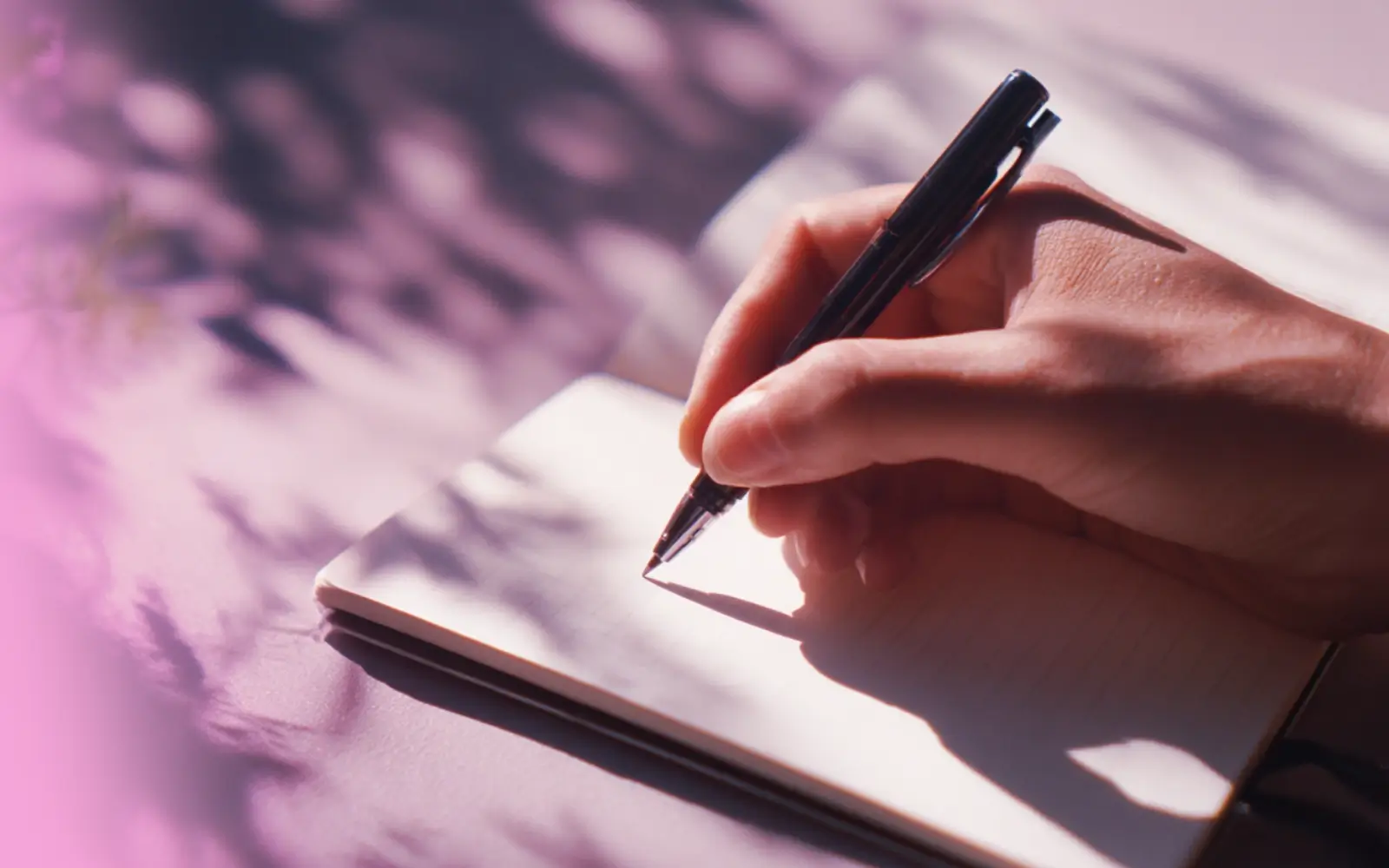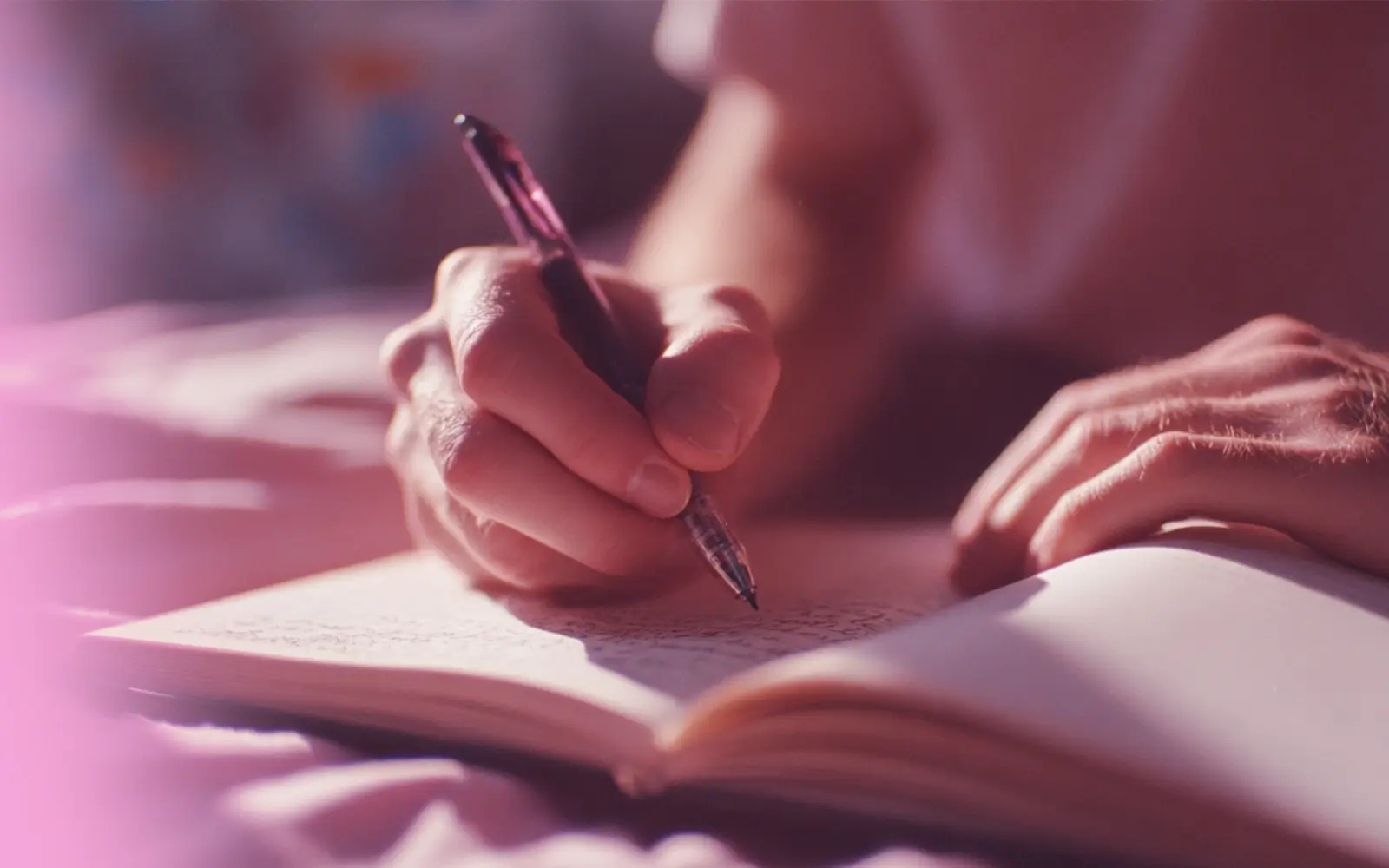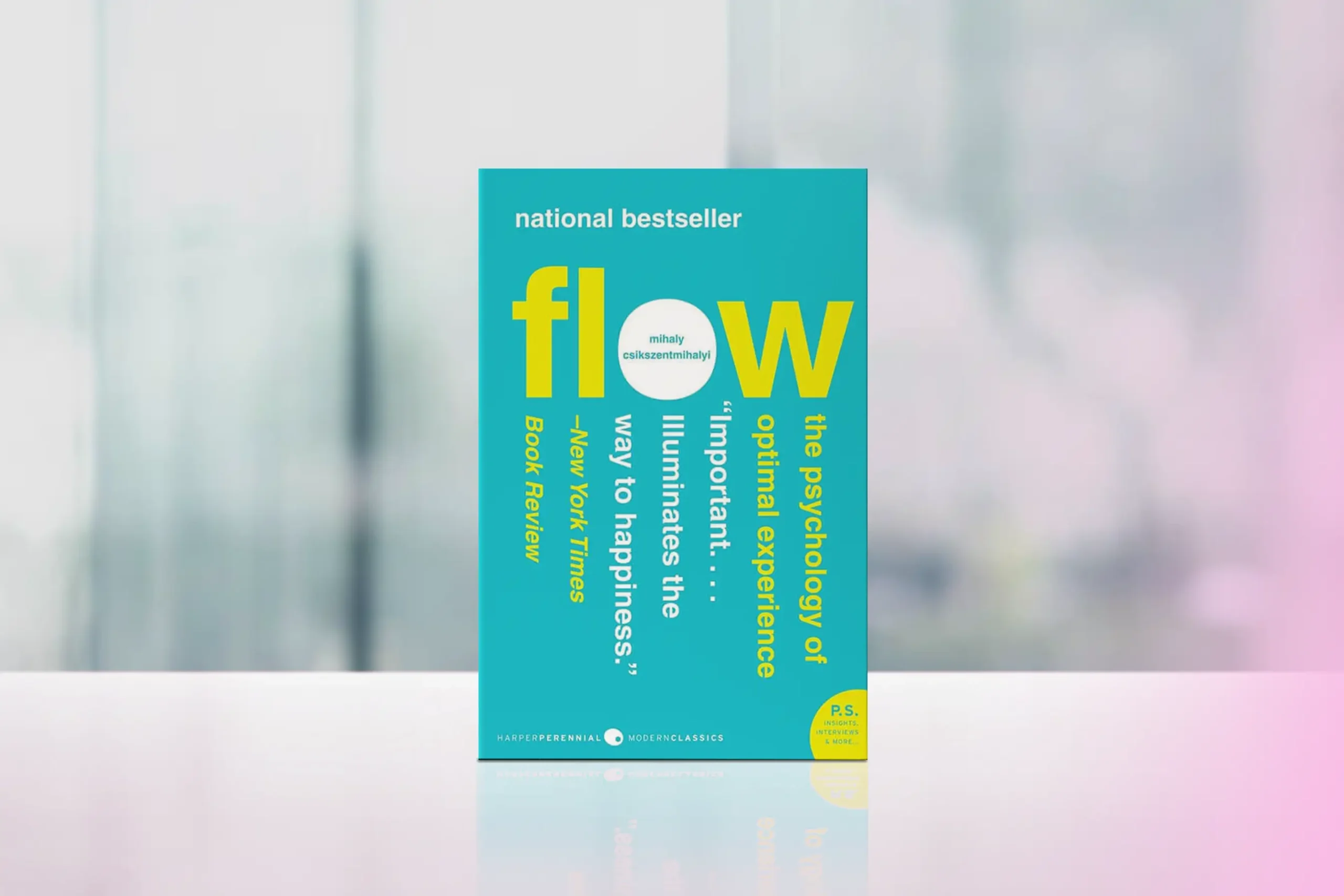You’ve probably heard journaling can boost creativity, sharpen focus, and improve mental health. But when you face a blank page, words don’t always flow — or worse, you don’t know what to write. Great journaling isn’t just jotting down random thoughts; it’s a skill you can build. Learn how to journal like a professional means using techniques, tools, and mindsets that turn writing into a source of clarity and inspiration. This guide shares strategies to take you from beginner to confident pro.
Inside this article:

1. Why Journaling Matters More Than You Think
What if I told you that some of history’s most brilliant minds—from Leonardo da Vinci to Virginia Woolf to Oprah Winfrey—credit their success partly to journaling? This practice isn’t just therapeutic scribbling; it’s a powerful tool for cognitive enhancement and personal development.
The Science-Backed Benefits Are Real:
- Reduces stress and anxiety – participants felt calmer after 3-4 writing sessions (Source)
- Speeds up physical healing – wounds heal fast in people who journal regularly (Source)
- Strengthens your immune system – fewer colds, faster recovery from illness (Source)
- Improves focus and memory – helps you think more clearly and remember better (Source)
- Lowers blood pressure – measurable heart health improvements that last for months (Source)
- Reduces doctor visits – people who journal need medical care half as often (Source)
Journaling is not just about processing emotions. Professional athletes use performance journals to analyze their training. Entrepreneurs document insights that become million-dollar ideas. Scientists sketch breakthrough theories in lab notebooks.
How Professionals Use Journaling:
- Problem-solving for complex challenges
- Tracking patterns in performance and decision-making
- Creative brainstorming and idea development
- Strategic planning and goal refinement
When you write by hand, you activate the reticular activating system in your brain—essentially training your mind to notice opportunities and solutions that align with what you’ve written. This creates a powerful feedback loop between your conscious and subconscious mind.
Whether you’re seeking clarity on a career decision, processing a challenging relationship, or simply wanting to understand yourself better, journaling transforms scattered thoughts into organized insights. The question isn’t whether journaling works—it’s whether you’re ready to unlock its full potential.
Key Takeaways: Journaling isn’t just emotional therapy—it’s a cognitive enhancement tool used by top performers. Writing by hand activates brain systems that help you notice opportunities and solutions.

2. Setting Yourself Up for Success
The difference between sporadic journaling and a life-changing practice often comes down to setup. Just as you wouldn’t run a marathon in flip-flops, you need the right tools and environment to journal effectively. How to start journaling like a professional:
Choosing Your Medium: Digital vs. Analog
Amateur Approach
Uses whatever’s available
Switches between formats randomly
Focuses only on convenience
Professional Approach
Deliberately selects tools based on goals
Maintains chosen method
Balances convenience with effectiveness
Digital vs. Handwritten: Choosing Your Medium
The choice between digital and handwritten journaling affects both your experience and outcomes.
- Digital benefits: Day One, Journey, or Google Docs offer searchability and backup
- Perfect for travelers: Easy to include photos, voice memos, and access anywhere
- Handwritten advantages: Activates neural pathways, enhancing memory and creativity
- Tactile benefits: Physical writing feels more meditative and intentional
Creating Your Journaling Environment
Your physical space sends signals to your brain about the importance of this practice.
- Designate journaling space: Find any space to creates a psychological “thinking time”
- Keep tools accessible: Store your journal and favorite pen within easy reach
- Reduce friction: The easier it is to start, the more likely you’ll maintain the habit
Finding Your Optimal Timing
When you write matters as much as what you write.
- Morning journaling: Clarifies intentions and sets the tone for your day ahead
- Evening reflection: Processes experiences and emotions from the day
- Double sessions: Some professionals use mornings for planning, evenings for analysis
- Consistency over perfection: Fifteen minutes daily beats hour-long sessions once a week
- Honor your rhythms: Write when your mind is clearest—first thing or after your coffee
Key Takeaways: Choose your medium based on your goals and lifestyle. Create a designated space and time to build consistency.

3. Mastering the Basics: From Blank Page to First Entry
Staring at a blank page can feel paralyzing, especially when you believe your thoughts need to be profound or perfectly articulated. Here’s the truth: your first entries don’t need to change the world—they just need to exist.
Overcoming the Starting Barrier
The fear of starting often stems from perfectionism. You imagine that “real” journaling requires eloquent prose or earth-shattering insights. But professional journaling is more like having a conversation with yourself than writing literature. Start with these simple approaches:
- Stream of consciousness: Set a timer for 10 minutes and write continuously without stopping
- Daily highlights: Record three specific moments from your day, no matter how mundane
- Question and answer: Ask yourself “How am I feeling right now?” and explore the answer
Simple Formats for Beginners
- Three-Column Method: Divide your page into “What Happened,” “How I Felt,” and “What I Learned”
- Gratitude Plus One: Write three things you’re grateful for, then explore one in detail
- Weather Report: Describe your emotional “as weather” (sunny, cloudy) and why you feel this way
The secret to consistency isn’t writing more—it’s lowering the barrier to entry. On busy days, even a single sentence counts. “Today felt overwhelming, but I handled it” is infinitely more valuable than an empty page accompanied by guilt.
Remember, your journal is a judgment-free zone. Spelling mistakes, incomplete thoughts, and emotional outbursts are all welcome. This isn’t about creating perfect prose; it’s about creating an honest dialogue with yourself that grows richer over time.
Key Takeaways: Start imperfectly with simple formats. Consistency matters more than perfection.

4. How to Journal Like a Professional: Pro-Level Techniques
Once you’ve established the basics, it’s time to elevate your practice with daily journaling techniques that professional writers, therapists, and coaches use to extract maximum insight from their journaling.
Strategic Prompting for Deeper Reflection
Amateur journaling often circles around surface events, while professional journaling digs into patterns, motivations, and growth opportunities. Try these advanced prompts:
- “What assumption did I make today that might not be accurate?”
- “If this challenge were happening to my best friend, what advice would I give them?”
- “What would I do if I knew I couldn’t fail?”
- “What did I avoid today, and what does that tell me about myself?”
The Review and Refine Method
Professional journalers don’t just write—they revisit and analyze their entries. Once a week, read through your recent entries with fresh eyes. Look for recurring themes, emotional patterns, or insights you missed in the moment. This meta-analysis transforms journaling from simple recording to active learning.
Create sections in your journal for:
- Insights: Breakthrough realizations worth remembering
- Patterns: Recurring challenges or behaviors you’re noticing
- Experiments: New approaches you want to try based on your observations
Integration with Goal-Setting and Creative Work
The most effective professional journals serve multiple purposes. Use yours as:
- A goal-tracking system where you analyze what’s working and what isn’t
- A creative laboratory for brainstorming and problem-solving
- A decision-making tool where you work through pros and cons
- A learning log where you capture insights from books, conversations, or experiences
This isn’t about turning your journal into a productivity system—it’s about making it a comprehensive thinking tool that supports all areas of your growth.
Key Takeaways: Use strategic prompts to go deeper than surface events. Review past entries weekly to spot patterns and insights.

5. Building a Sustainable Journaling Habit
Habit formation research reveals that consistency matters more than intensity. A five-minute daily practice will transform your thinking more than marathon writing sessions followed by weeks of avoidance.
The Science of Journaling Habits
Your brain craves predictable patterns, which you can leverage to make journaling automatic. The habit loop consists of a cue (trigger), routine (the behavior), and reward (the benefit). For journaling:
- Cue: Link journaling to an existing habit like having morning coffee or preparing for bed
- Routine: Keep the barrier low—start with just one paragraph
- Reward: Notice how clarity and calm feel after writing, or treat yourself to a favorite tea
Adapting Your Style Over Time
What works in your twenties might feel constraining in your forties. Professional journalers adapt their approach as their lives evolve. New parents might switch to bullet-point gratitude lists. Entrepreneurs might focus on problem-solving entries. Retirees might explore memoir-style storytelling.
The key is viewing your journal as a living document that grows with you, not a rigid system you must maintain forever. Regular evaluation keeps your practice relevant and engaging.
Common Obstacles and Solutions
When motivation wanes, remember that journaling isn’t about feeling inspired—it’s about creating inspiration through the act of writing. Some days your entries will feel profound; others will seem trivial. Both contribute to the larger tapestry of self-understanding you’re weaving over time.
Key Takeaways: Link journaling to existing habits and start small. Adapt your style as your life evolves.

6. Taking Your Journaling to the Next Level
After months of consistent practice, you’ll notice something remarkable: your journal becomes a treasure trove of insights about your patterns, growth, and potential. This is where journaling transforms from a nice habit into a powerful life tool.
Exploring Different Journaling Styles
Once you’ve mastered basic reflective writing, experiment with specialized approaches:
- Gratitude journaling: Proven to increase happiness and life satisfaction
- Morning pages: Three pages of stream-of-consciousness writing to clear mental clutter
- Bullet journaling: A productivity-focused system combining planning with reflection
- Art journaling: Incorporating sketches, colors, and visual elements for creative expression
- Letter writing: Addressing entries to your future self, younger self, or important people in your life
Advanced Analysis Techniques
Professional journalers regularly mine their entries for patterns. Every few months, read through your journal and ask:
- What themes keep appearing?
- How have my priorities shifted?
- What insights have I forgotten that could help me now?
- Where do I see the most growth, and where am I stuck?
Create an “insights inventory”—a separate section where you record the most valuable realizations from your journaling practice. These become your personal wisdom database, accessible whenever you face similar challenges.
From Personal Insight to Life Action
The ultimate goal isn’t just understanding yourself better—it’s using that understanding to create positive change. Your journal can become a launching pad for:
- Career pivots based on clarity about your values and interests
- Relationship improvements through better self-awareness
- Creative projects inspired by patterns you’ve discovered
- Health and wellness changes rooted in honest self-assessment
Professional journaling isn’t just about recording your life—it’s about actively designing it. Every entry is a small step toward becoming the person you want to be, armed with the self-knowledge that only comes from consistent, honest reflection.
Your journal isn’t just a book; it’s a mirror that shows you who you are and a map that shows you where you can go. The question isn’t whether you have time to journal—it’s whether you have time not to. Your future self will thank you for starting today.
Key Takeaway: Understanding the difference between helpful, short-term stress and harmful chronic stress is the first step toward taking control of your wellbeing.
Conclusion and Next Steps
Professional journaling transforms scattered thoughts into clear insights, proven by decades of research. You now have the tools to begin:
- Start today: Write for just ten minutes about how you’re feeling right now
- Begin simply: Use basic formats like daily highlights or three-column methods
- Focus on consistency: Build the habit first, then refine your technique
- Experiment gradually: Try different styles—gratitude, bullet, or reflective writing
- Track your patterns: Notice recurring themes and insights in your entries
- Let it evolve: Allow your practice to grow and adapt as your life changes
The science shows that even small, consistent efforts create lasting benefits for your mind, body, and overall wellbeing.
Related articles
How to Build Self-Discipline for Personal Growth
Master the foundation skills that make journaling stick
The Power of Habit: How Cultivating Good Habits Transforms Your Life
Dive deeper into the science behind habit formation
Finding Your “Why”: Exercises to Uncover Your Life Purpose
Use journaling to clarify your deepest motivations
Personal Reflection: The Key to Self-Awareness and Growth
Advanced techniques for meaningful reflection
The Science of Wellbeing: How Positive Psychology Can Transform Your Life
The research behind journaling’s mental health benefits
Further reading
“The Artist’s Way” by Julia Cameron
The classic guide to morning pages and creative recovery
“Atomic Habits” by James Clear
Master the habit formation principles that make journaling stick
“Man’s Search for Meaning” by Viktor Frankl
Profound insights on finding purpose through reflection
“The Power of Now” by Eckhart Tolle
Deepen your present-moment awareness through writing





